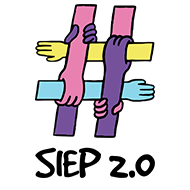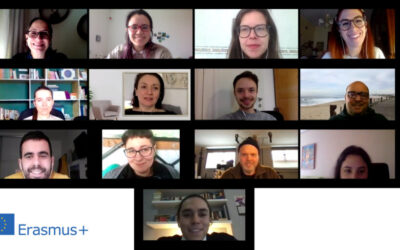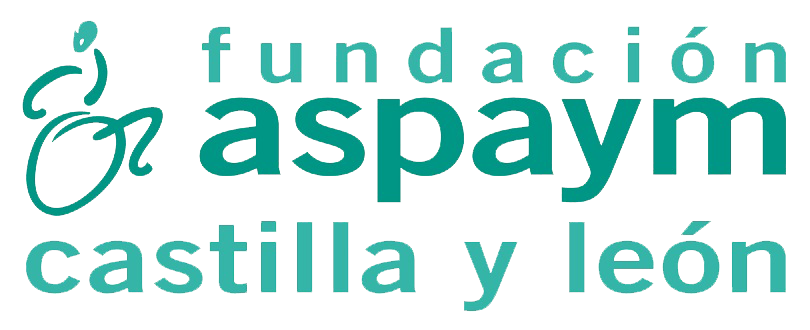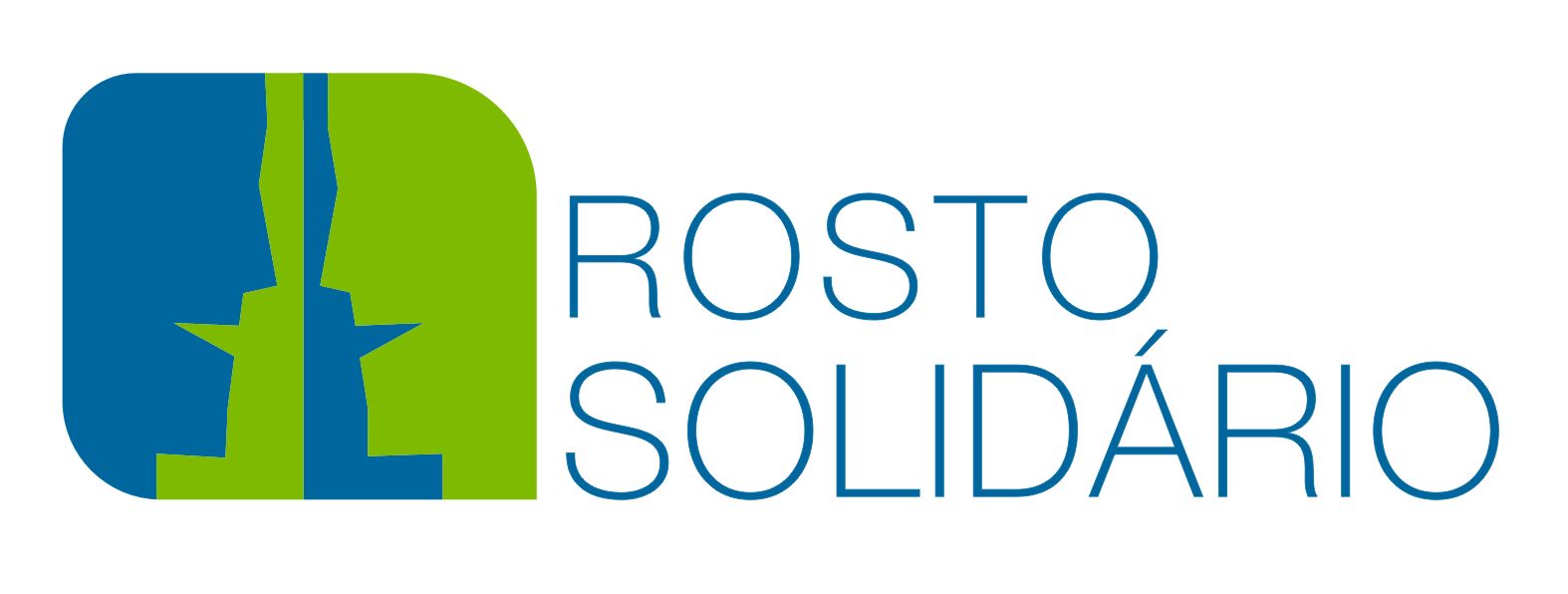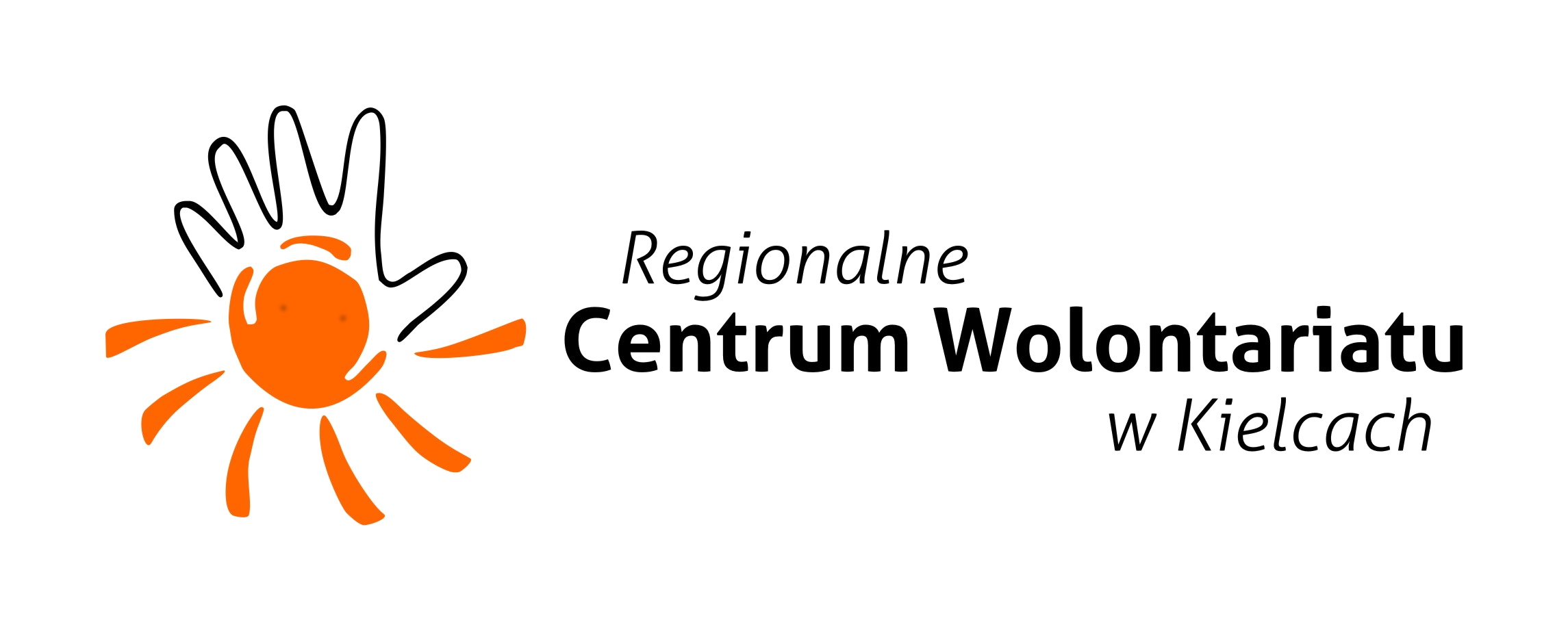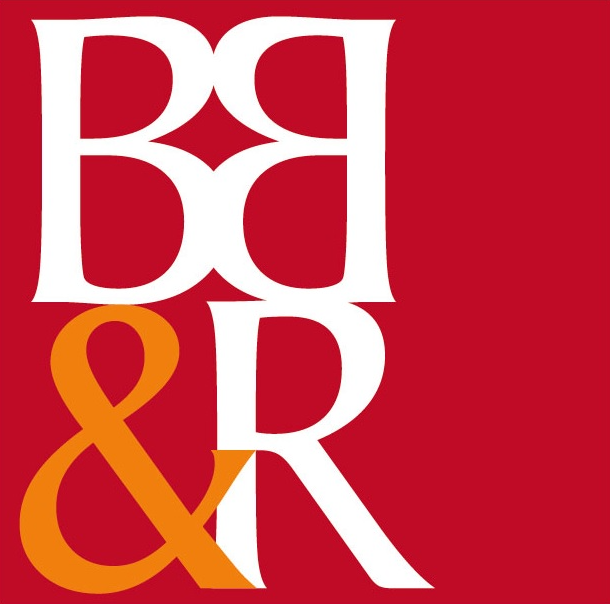
About the project
The SIEP 2.0 project aims to contrast bullying and cyberbullying, phenomena that, unfortunately, are becoming increasingly present in the daily life of adolescents and young Europeans (in general), and especially towards those who have a disability or fewer opportunities. among their peers (in particular).
The project will last 36 months and will be implemented thanks to the support of 5 partner countries:
- Aspaym Castilla y León Foundation (Spain), which is the coordinator;
- CEIPES – International Center for the Promotion of Education and Development (Italy);
- BIDERBOST BOSCAN & ROCHIN (Spain);
- Rosto Solidario (Portugal),
- Regional Centrum Wolontariatu (Poland)
- More Mosaic (Sweden).
The project will explore good practices implemented thanks to two previous projects based on inclusive education and the promotion of common values.
- “Put yourself in my shoes” a project conceived in Valladolid (Spain) which promotes the normalization of disability among young people.
- “SIEP” project carried out in Valladolid (Spain), Salamanca (Spain) and Santa Maria da Feira (Portugal) which uses the theater of the oppressed and educational pills to combat bullying and cyberbullying among young people.
In the context of this new SIEP 2.0 project these two good practices will be deepened on the basis of two objectives. First, to disseminate good practices to other locations and regions in Spain and Portugal such as Castilla y León, Madrid and Extremadura, as well as the Distrito de Aveiro). Secondly, to transfer and replicate these good practices in Italy, Poland and Sweden (in particular in the region of Sicily, Świętokrzyskie and Stockholm).
This new project will rework “Put yourself in my shoes” and “SIEP” through the use of gamification. In fact, the SIEP game will be created as a mobile app and as a board game, which aims to help raise awareness of the reality of young people with disabilities, combat bullying / cyberbullying and promote the acquisition of social and civic skills, understanding and dissemination. of fundamental values and rights (as a process to combat this and also any form of intolerance in the daily life of young people).
The replication and transfer of both good practices on a larger scale, through gamification, will also allow students, parents, educational staff and youth workers to improve their critical thinking and media literacy. In this way, SIEP 2.0 will have the opportunity to demonstrate its usefulness to educators and its effectiveness in secondary school youth (especially with some disabilities or fewer opportunities among their peers).
Objectives
SIEP 2.0 project has the following objectives with the specific aim to to counteract bullying and cyberbullying through:
Expand and improve the developed practices around “Put yourself in my Shoes” and “SIEP” to evaluate their usefulness and effectiveness in young people, parents, educational staff and youth workers in Spain, Portugal, Italy, Poland and Sweden.
Launch SIEP Labs to involve communities and regions of the partners, through workshops, awareness-raising and structured dialogues, to seek common solutions between political authorities, parents’ associations, schools, institutes, universities, NGOs and foundations.
Develop the SIEP Game, starting from enriching “Put yourself in my shoes” and “SIEP” with gamification processes, to raise awareness about the reality of people with disabilities, address bullying / cyberbullying and promote values of solidarity / respect among young people, parents, educational staff and youth workers from Spain, Portugal, Italy, Poland and Sweden.
Design the Mentoring model where young people, parents, educational staff and youth workers learn to use “Put yourself in my shoes”, “SIEP” and “SIEP Game” and acquire skills to raise awareness about the reality of people with disabilities, address bullying / cyberbullying and promote values of solidarity / respect among their peers.
Elaborate an European book of Recommendations about how to prevent bullying and cyberbullying from political, educational and social levels (by incorporating “Put yourself in my Shoes”, “SIEP” and “SIEP Game” in politics and educational programs).
Activities
The project activities are divided into 7 phases:
- 1st phase will be based on the involvement of local communities on the basis of a consultation that will take place through a questionnaire and a local meeting that will involve young people, educators, teachers and parents. This consultation aims to involve local authorities and figures in the first part of the project which sees the reworking of methodologies for the purposes of the new SIEP 2.0 project.
- 2nd phase – of the project concerns the adaptation and design of the various methodologies to the project by introducing the elements of gamification. In this phase the partnership will elaborate the SIEP 2.0 game; will write 3 Role Model CVs and define the SIEP LABS.
- 3th phase is the crucial phase of the project and concerns the implementation of training at transnational and local level where good practices will be exchanged, especially focusing on the Role Model methodology that will be transferred locally to the participants. Furthermore, the first SIEP LAB will be organized.
- 4th phase – will be the local test phase during which those who participated in the training will see how medologies can be functional locally.
- 5th phase – represents a moment of feedback between those who have carried out the local trainings and meetings will be organized at the local and transnational level.
- 6th Phase – the impact of the project will be measured at a potential level and contacts will be made with local policy makers.
- 7th Phase – a meeting will be organized that will illustrate the project path in order to maximize the impact at central and local level.
In this way ,the consortium will:
- Promote mutual understanding among young people, so they can identify behaviours related to bullying/cyberbullying, promote mutual respect and understanding values, as well as the necessary skills to prevent, report and counteract these situations.
- Train educational staff, parents and youth workers, with theatre, gamification and media literacy, so they will discover how to successfully address bullying and cyberbullying in their laboral,educational and personal contexts.
- Consolidate a European cooperation among partners, , associated entities and political authorities in the field of education, training and youth, to establish a space for dialogue, development and training to promote the potential of diversity and prevent social exclusion (in this case focused on bullying and cyberbullying).
- Raise awareness in communities about the reality of young people with disabilities, promote understanding and fundamental rights, the risk related to bullying/cyberbullying and how to proceed in our day-to-day to promote diversity and prevent social exclusion.
Results
SIEP GAME
A mobile application and a board game to learn about the reality of people with disabilities, address bullying and cyberbullying, and promote values of respect-solidarity through gamification processes.
Board game ITA:
- board pdf version / png version
- Sheets
- Rulebook
- Cards
Board game ESP:
- board pdf version / png version
- Sheets
- Rulebook
- Cards
Board game POR:
- board pdf version
- Sheets
- Rulebook
- Cards
Board game SWE:
- board png version
- Sheets
- Rulebook
- Cards
Board game POL:
- board pdf version
- Sheets
- Rulebook
- Cards
Board game ENG:
- board pdf version / png version
- Sheets
- Rulebook
- Cards
ROLE MODEL
Non-formal education curriculum to learn how to use the good practices at the core of the program: Put yourself in my shoes, Educational Pills, Theatre of the oppressed and SIEP game. Role models can use it as a guide to implement these practices on their own.
PUT YOURSELF IN MY SHOES
Curriculum of non-formal education to know the reality of people with disabilities through the use of role-playing and empathic exercises. Participants will be limited in their sensory capabilities or in their movement capacity and will perform some simple, daily task to perceive how difficult they can be.
EDUCATIONAL PILLS
Brief, effective and practical resources, specifically created to share educational content. They can be used to transfer knowledge, develop new competences or learn new instruments.
Educational pills examples:
EUROPEAN BOOK OF RECOMMENDATIONS
This document will be a guide on the prevention of bullying, cyberbullying and discrimination at political, educational and social level.
News
SIEP 2.0 arrives, a brand new project against bullying and cyberbullying
SIEP 2.0 – SOCIAL INCLUSION THROUGH EDUCATIONAL PILLS AND GAMIFICATION has officially started, the project involves different partners from different countries, such as the Foundation Aspaym Castilla y León, coordinator of the project, and BIDERBOST BOSCAN &...
